With more than 60 million items in its marketplace and total sales of over $3 billion after three quarters of 2021, Etsy is one of the most popular platforms for online sellers.
While many of its users sell their wares simply to share their creative works or supplement their incomes, others have turned their Etsy stores into full-time endeavors. And because of their amazing Etsy success, some shops have parted ways with Etsy and expanded to their own online presence
How did these crafty entrepreneurs transform their stores into profitable businesses on and off of Etsy? Take a look at the unique approaches these sellers took to become success stories.
1. Maeven Vintage: Pay attention to analytics
Amy Yee launched her Etsy shop, Maeven Vintage, which sells vintage clothing and accessories, in 2012. Within a year, she was able to turn her passion for collecting, repairing, and reselling antiques into her full-time job.
She quickly turned her profiting ecommerce venture into a career by researching past sales. She also used Etsy Stats to gain insight into the website’s vintage market and track customer behavior.
Etsy Stats provides sellers with their shop’s analytics, which allows them to look at a variety of data, including visits, orders, conversion rate, and revenue.

[Source]
In addition, you can see how shoppers found you based on their visits to Etsy versus your visits alone.

[Source]
Yee took advantage of these tools to track what types of vintage items were selling on Etsy and at what price points — helping her determine customer demand. She also used the marketplace’s analytics to see where her customers were based and which keywords they used to find her shop. Armed with this knowledge, she was able to optimize her shop for search, reach new customers, and, ultimately, turn a profit.
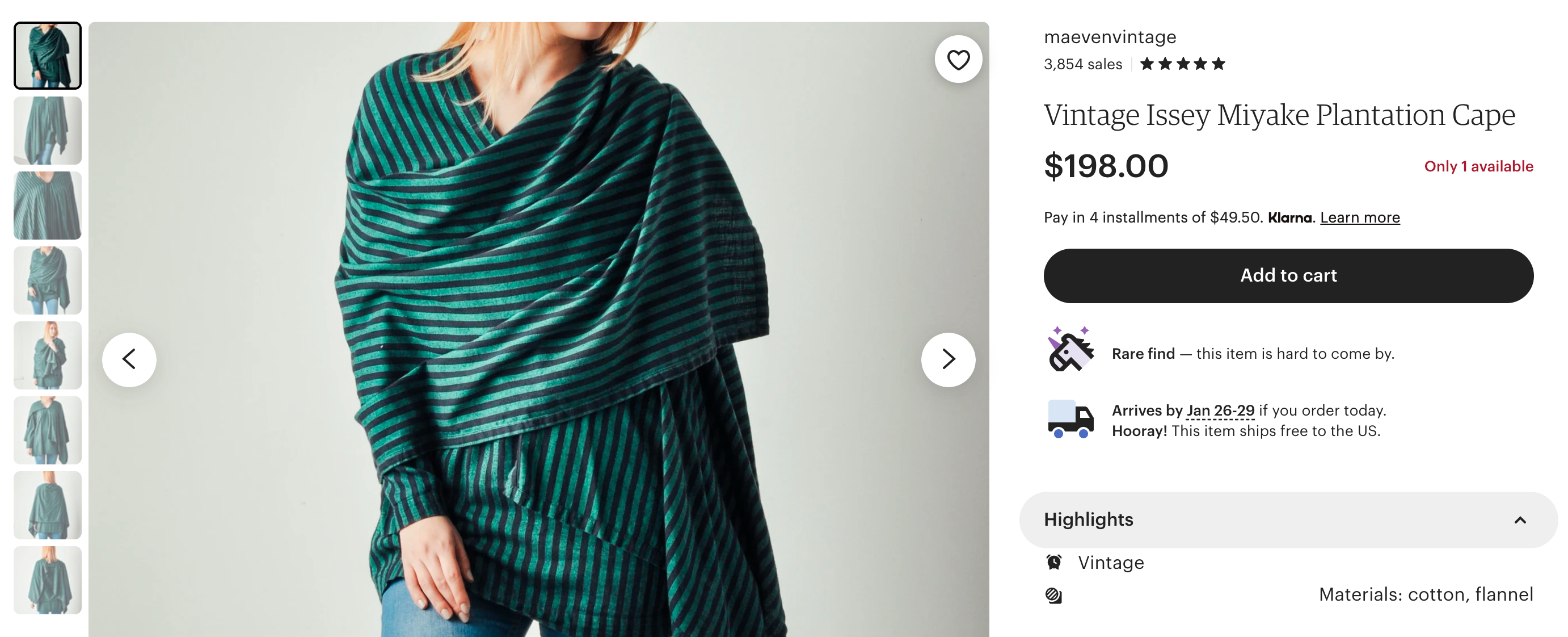
[Source]
Using this data also enabled her to identify long-term trends and keep a close eye on how revenue grew over time. This helped her create a budget and prepare for the next steps in making Maeven Vintage a full-time job. “When I decided to go full time, I wrote a business plan with my expenses and costs,” she says. “What would my cash flow look like?”
With a budget and business plan in place, Yee was able to expand her shop beyond the digital space and now hosts numerous pop-up shops in New York. Maeven Vintage has also been profiled in numerous websites and publications, including Refinery29, which highlighted her shop as one of New York City’s best.
2. Three Bird Nest: Let photography sell your products
Alicia Shaffer, often referred to as Etsy’s richest seller, made numerous headlines for raking in $70,000 a month in sales. In 2015, her Etsy shop, Three Bird Nest, earned nearly $1 million on the platform. She attributes much of her success to how she presents her products, using professional lighting, models, and photographers for each of her products, making them distinct among other listings.
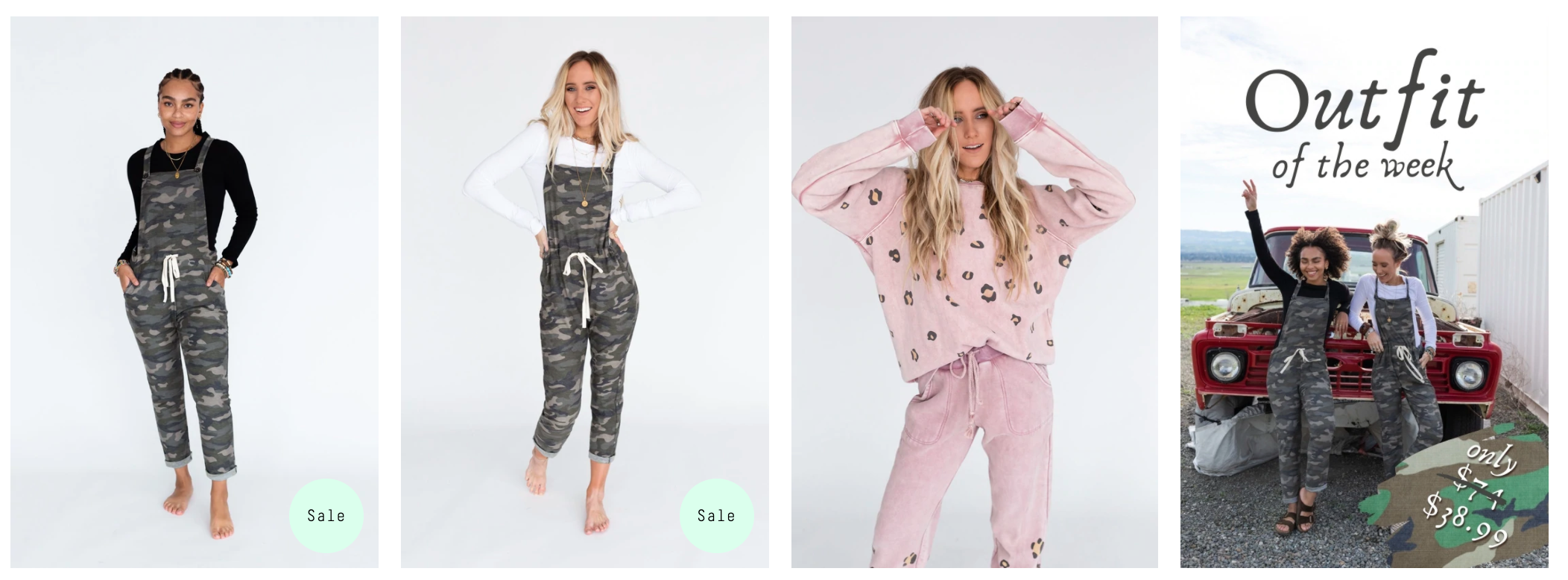
[Source]
While Shaffer now sells her products exclusively on her own website, she still employs the same tactics she used on Etsy to ensure that each item stands out visually. In addition to quality imagery, Shaffer considers styling for every product, whether it’s a dress or a scarf or a hat or a pair of earrings.
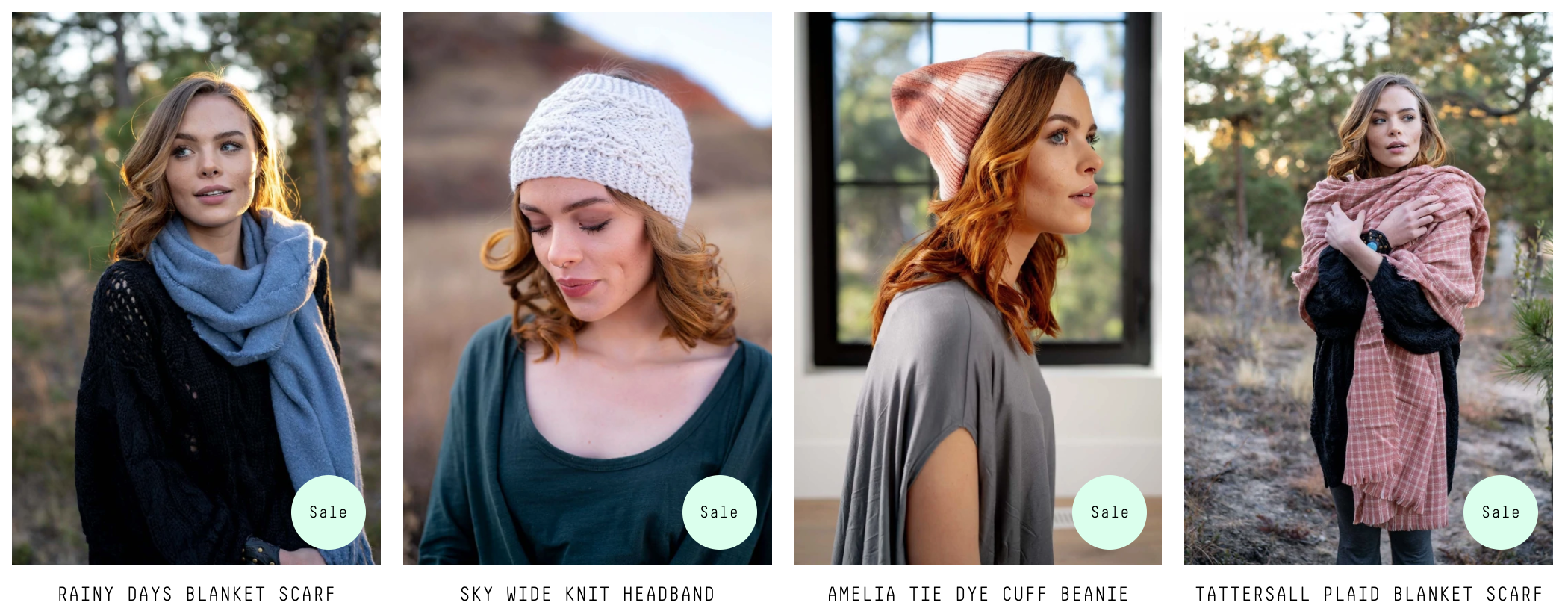
[Source]
Each listing not only features the individual product but also showcases the item as part of an outfit, complete with accessories. And, instead of employing a simple white background to showcase products, Shaffer’s models are shot in a variety of indoor and outdoor locations, showing her apparel and jewelry in the real world and helping Three Bird Nest truly establish itself as a lifestyle brand.
When Shaffer was selling on Etsy, she paid close attention to competitors who were selling similar items and identified what was and wasn’t working with their product imagery. She also requested feedback to see if her product photos were enticing.
“I always ask other Etsy shop owners, ‘Would you click on your item?’” Shaffer told Fast Company in 2015. “If you search ‘lace headband,’ 24 headbands show up. Which do you click? You want to make sure you’re looking at your shop from the shopper’s perspective.”
3. Skin Foodie: Put customers and kindness first
The raw, organic ingredients Aubrey B. puts in her Skin Foodie products are all about being kind to your body. It’s a message she communicates in all of the interactions of her brand, which has enabled her to offer incredible customer service.

[Source]
Whether it’s in interviews with bloggers or through content on Skin Foodie’s Instagram account, Aubrey B. is open, kind, and transparent with customers and users. She even goes as far as sharing her own setbacks when it comes to her personal efforts to practice kindness. Skin Foodie achieved its five-star Etsy rating by responding to customer feedback — both positive and negative — and answering customer queries promptly. So while customers may arrive at her store seeking natural skincare solutions, what keeps them coming back is the top-rate customer service this Etsy shop offers.
However, while quality service is a benefit in itself, there’s another upside to killer customer service: improved search ranking. Etsy’s algorithm considers a shop’s customer service rating and whether the shop is in good standing with the marketplace’s policies to calculate the shop’s “customer and market experience score,” which determines search placement.
Skin Foodie’s excellent score has helped place the shop higher in search and was once recognized as one of Etsy’s top-selling beauty products.
4. Bohemian Findings: Focus on parts instead of the whole
With over 1 million sales, Bohemian Findings is one of Etsy’s greatest success stories, and the business has created a unique niche for itself by selling bulk supplies at a low cost rather than finished products. And to use a popular saying in the startup world, Bohemian Findings chose to “sell pickaxes” instead of “mine for gold.” That’s a reference to how some of the most profitable businesses during the California Gold Rush weren’t those that mined for gold but sold supplies to miners.
Founded by Hope Milner and her husband, Bohemian Findings sells items — including beads, chains, charms, and clasps. Their items are often used in other Etsy products, particularly those from jewelry makers, contributing to their success stories as well.
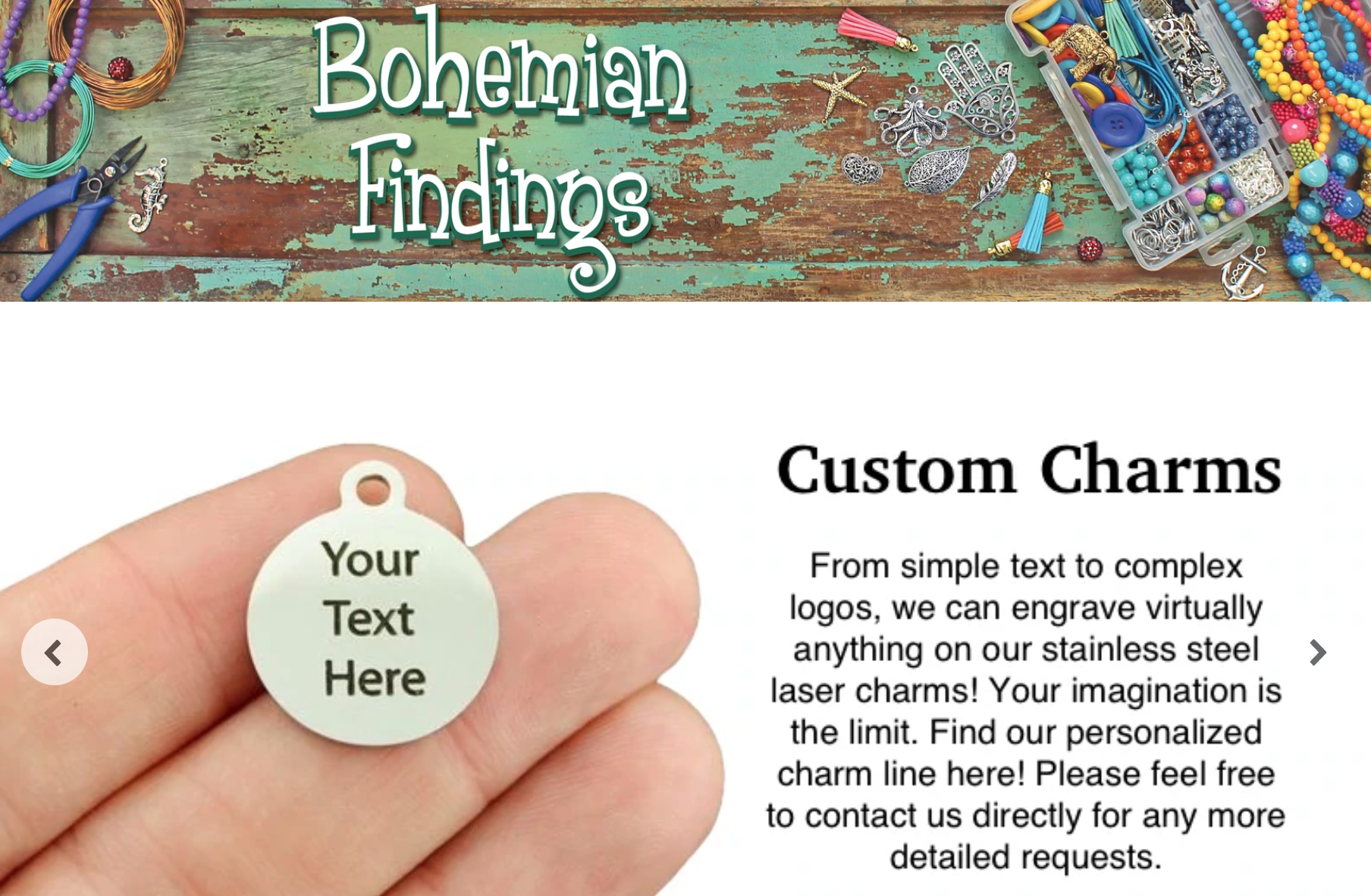
[Source]
The Milner couple originally launched their Etsy shop to liquidate a small number of charms left over from a previous jewelry-making venture, but as orders came streaming in, they had to purchase more supplies. Within two months of starting the store, they were hiring people to help them fulfill customer orders. “At one point I believe we had four or five part-time and full-time people flowing through our house, and at that point, it became pretty clear that it was time to move (the business) out of the house,” Hope said.
While many Etsy store owners report being satisfied with 10 sales a month, Bohemian Findings was fulfilling up to 500 orders a day before it launched its own ecommerce site. But Hope says it’s more than just her products that keep customers coming back. “We really knock ourselves out to make sure we take every order really seriously. We do whatever it takes to keep the customer happy. And I think that’s why customers have stuck with us in addition to finding stuff that nobody else has.”
It’s the Milner’s entrepreneurial mindsets, doing what they love, and taking each and every order seriously that continues to bring them success.
5. Vana Chupp Studio: Diversify your business
Vana Chupp started her first Etsy shop, LePapierStudio, on Etsy, and as of December 2021, the business is running as Vana Chupp Studio.
Chupp’s shop specializes in illustrating unique custom silhouettes, and the store’s success inspired her to pursue other business ventures, including customizable jewelry and ornaments. And staying true to their foundation, the studio continues to run as a lifestyle brand “committed to elegant, timeless design and fine artistry.”
Her decision to diversify allowed her to pursue multiple passions and to work full time for herself.
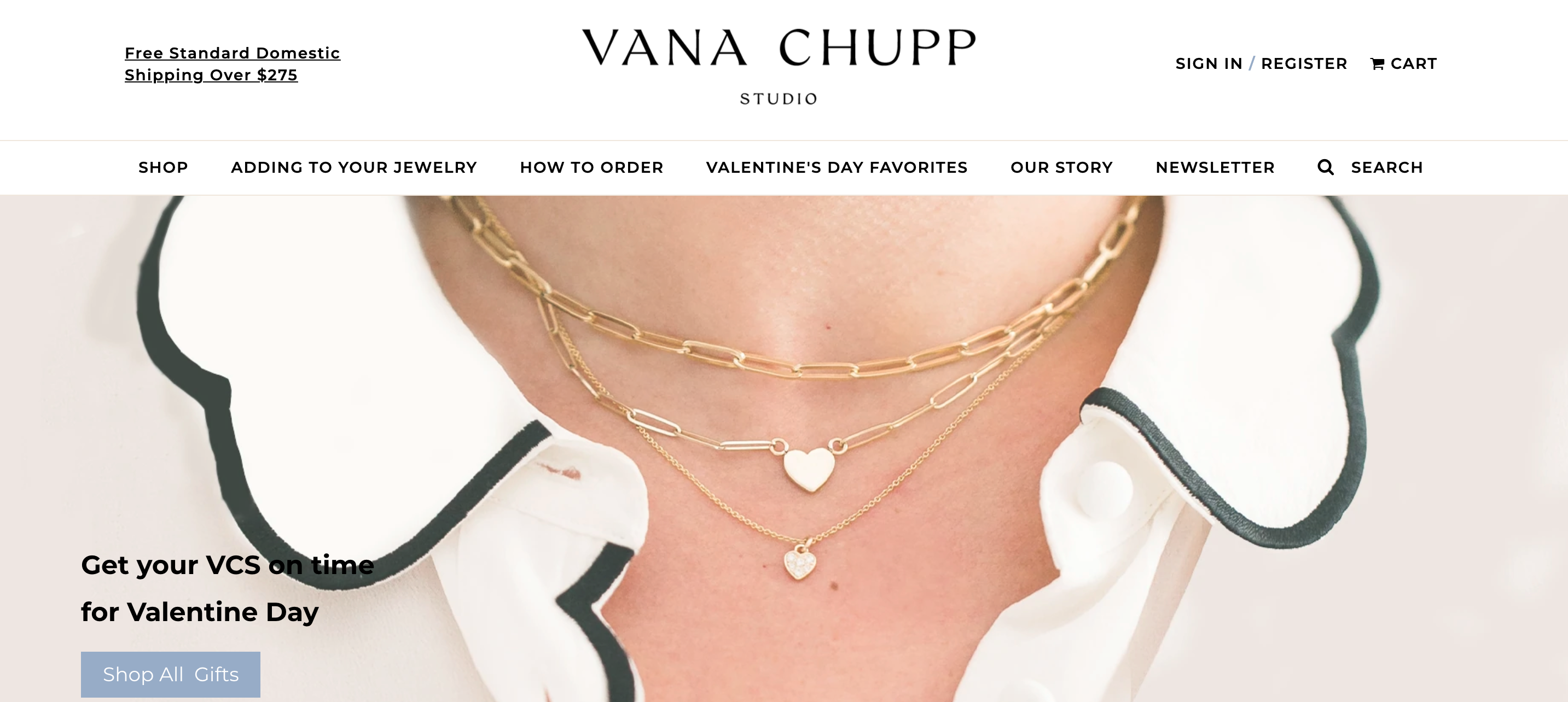
[Source]
And when it comes to business, Chupp says people tend to think linearly, selling the same product or service and simply working longer hours. She suggests that, instead, entrepreneurs should try thinking outside the box to determine how they can leverage their skills and expertise in new ways to create additional income.
“With a little time and some resources, you can build upon your skills to create a new product and offer it to another person or a small business that would benefit from it,” Chupp says.
Keys to seller success
While these five Etsy shops grew into full-time, profitable businesses in various ways, it’s clear that they also have a few things in common.
For one, they know their brands and communicate them consistently in their individual Etsy stores, across social media, or on their own websites. And secondly, they engage with their customers, respond to feedback, and offer top-notch customer service to generate success.
Overall, as Etsy’s Jennie Smith puts it, “The best Etsy sellers are particularly good at telling their story and good at making connections with people who buy their goods.”